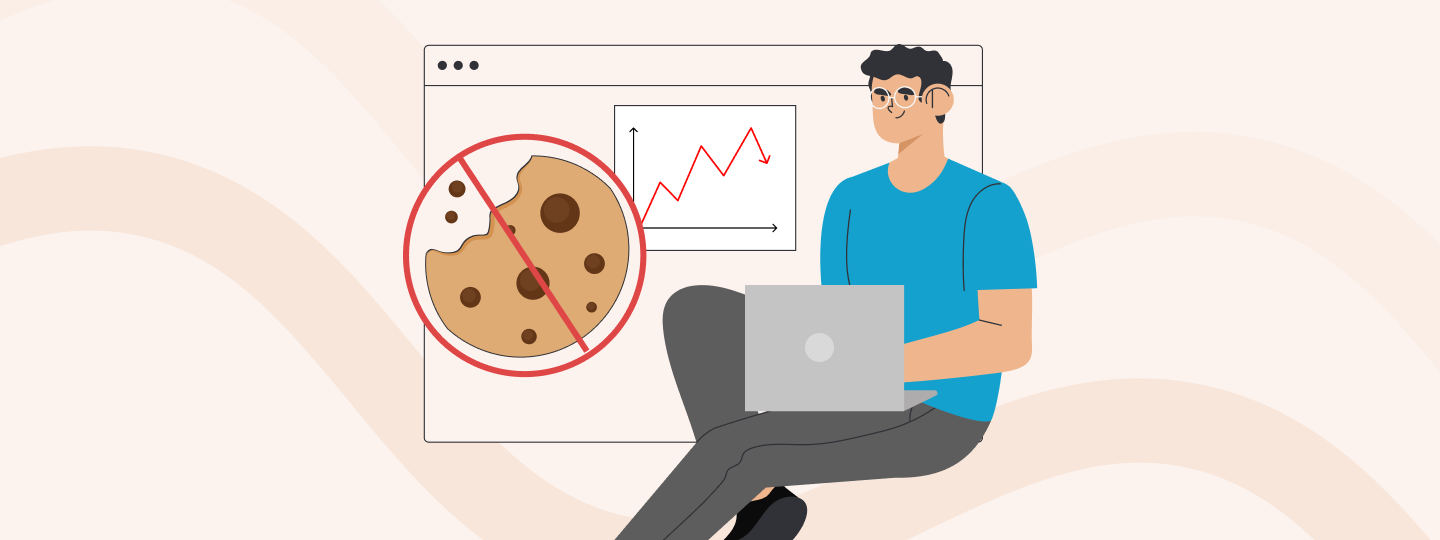Every day, Gmail filters through a staggering 15 billion unwanted messages, saving its users from spam, phishing attempts, and malware lurking. As the volume of digital communication skyrockets, so do the schemes of scam artists who dupe unsuspecting users. As a result, email guidelines become a necessity to ensure a secure online environment.
In a bid to enhance email security and user experience, Gmail and Yahoo have embarked on a mission to fortify email security and elevate user experience through revamped guidelines for bulk email senders. In their new email guidelines, they are turning what was once considered best practices for email authentication into mandatory requirements—and senders who don’t comply with the new requirements may start facing delivery issues in 2024. Enforcement of these guidelines, slated to take effect by February 2024, aims to streamline email communication while mitigating spam and ensuring user control. If you’re utilizing bulk emails (more than 5000 emails per day) as a means of communication, it’s essential to understand these new requirements to maintain effective outreach.
Here’s a breakdown of what these guidelines entail for our clients at WebEngage:
1. Ensure that your email is authenticated
To help ensure that your messages are delivered as expected, set up strong email authentication for your domain. In 2022, Gmail began requiring senders to adopt some form of authentication, which resulted in a 75% drop in unauthenticated messages received by Gmail users. To minimize instances of spamming & phishing, it is recommended to always set up SPF, DKIM, and DMARC policies. These policies protect your organization’s email and meet the authentication requirements.
Authenticating your email will prevent spoofing, phishing, and messages from being marked as spam.


Note: Verify that your ESP’s authentication methods meet the requirements mentioned in Google and Yahoo’s sender guidelines.
2. Ensure the Spam rate is below 0.10% & never beyond 0.30%
As an industry-first initiative to combat spam and enhance user experience, Google and Yahoo have established definitive thresholds for spam rates. Exceeding these thresholds will not only affect the delivery of emails but also impact the reputation of the sender’s domain, subsequently influencing the placement of future communications in recipients’ inboxes. This proactive measure aims to minimize inbox clutter caused by unsolicited or irrelevant emails, ensuring a more relevant email environment for users. Refer to our blog for guidelines that will help you stay below the spam threshold, including:
- Regularly clean email lists
- Avoid using spam-triggering words in Subject Lines
- Use double opt-in to verify subscriber consent
- Refrain from buying email lists
- Maintain Sender Reputation
Enable One-Click-Unsubscribe
Saying goodbye to unwanted emails should be a breeze, not a hassle. With the One Click Unsubscribe Button, Gmail recipients can bid farewell to emails they no longer wish to receive. The placement of the unsubscribe button is strategically designed for easy identification, positioned next to the header for Gmail recipients. Large senders are now required to implement this feature and process unsubscription requests within two days.
To adhere to this, we have added the One-click unsubscribe support for the following ESPs:

By default, all emails sent using these ESPs would have One-click unsubscribe.
What if clients are using other ESPs?
In this case, they need to check with their ESP support team for further assistance, as these compliances are applicable to their ESP’s service.
Note: Ensure you send the ‘Unsubscribed’ event data to WebEngage in real time so that the user reachability information is up to date.

Conclusion
As email continues to be a cornerstone of modern marketing communication, both senders and providers must adapt to evolving standards. What was once considered good practice has now become an essential hygiene practice in email communication. These new email guidelines from Gmail and Yahoo signify a pivotal shift towards ensuring not only the security but also the relevance of emails reaching users’ inboxes.
“No matter who their email provider is, all users deserve the safest, most secure experience possible,” says Marcel Becker, Sr. Director Product at Yahoo. With the implementation of these changes now, it’s crucial to recognize that the landscape of email communication is ever-evolving. Hence, it’s incumbent upon email senders to adhere to best practices continuously, ensuring maximum inbox placement while prioritizing the safety and experience of email users.
Have you got more questions? Don’t hesitate to reach out. Contact your Customer Service Manager or write to product@webengage.com.








 Harshita Lal
Harshita Lal

